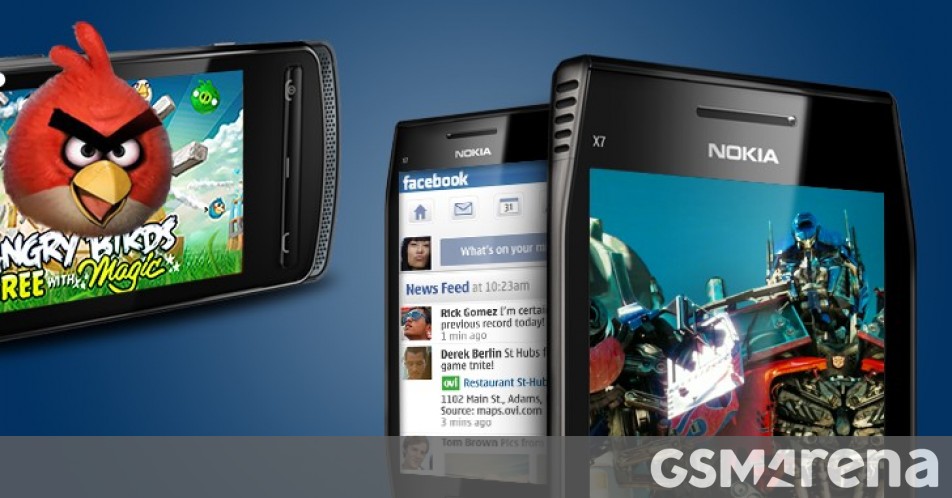Reviving Symbian: The Bold Attempt to Modernize an Old OS with Symbian Anna’s Touchscreen Upgrade

Once upon a time, long ago, there was a phone operating system called Symbian. It used to be the king of the smartphone world but eventually, new operating systems like iPhone and Android took over the kingdom. Symbian, however, did not go down without a fight.
Symbian was the core of the OS and had different user interfaces built on top of it. Series 60 was the most popular among them and it made its debut with the Nokia 7650, the first mass-market Symbian phone. The UI was mainly used on phones with displays between 2 and 3 inches and it was built around a D-pad and smart buttons.
Then there was Symbian UIQ, which was designed for PDA-style devices and featured resistive touchscreens meant to be used with a stylus. Later on, Symbian Series 60 5th edition was introduced with touch capabilities, but it failed to compete with iPhone.
In 2011, Symbian Anna was unveiled alongside the Nokia X7 and Nokia E6. The E6 was a bar phone with a QWERTY keyboard and a touch display, while the X7 was all touch. Certain older Nokia models also received an update to Anna.
One of the major upgrades in Anna was the new keyboard and the new browser. The portrait keyboard covered the whole screen in the previous version, but in Anna, the keyboard appeared only on the bottom half of the screen. The browser interface was also redesigned to provide a better browsing experience.
Despite these improvements, Symbian was still behind other operating systems like Android. Nokia, the sole supporter of Symbian at that time, had more improvements in mind, leading to the introduction of Symbian Belle.
Overall, Symbian’s journey was a rollercoaster ride from being a dominant force to struggling to keep up with the competition. Next week, we will take a closer look at Symbian Belle and the legacy of Symbian.
